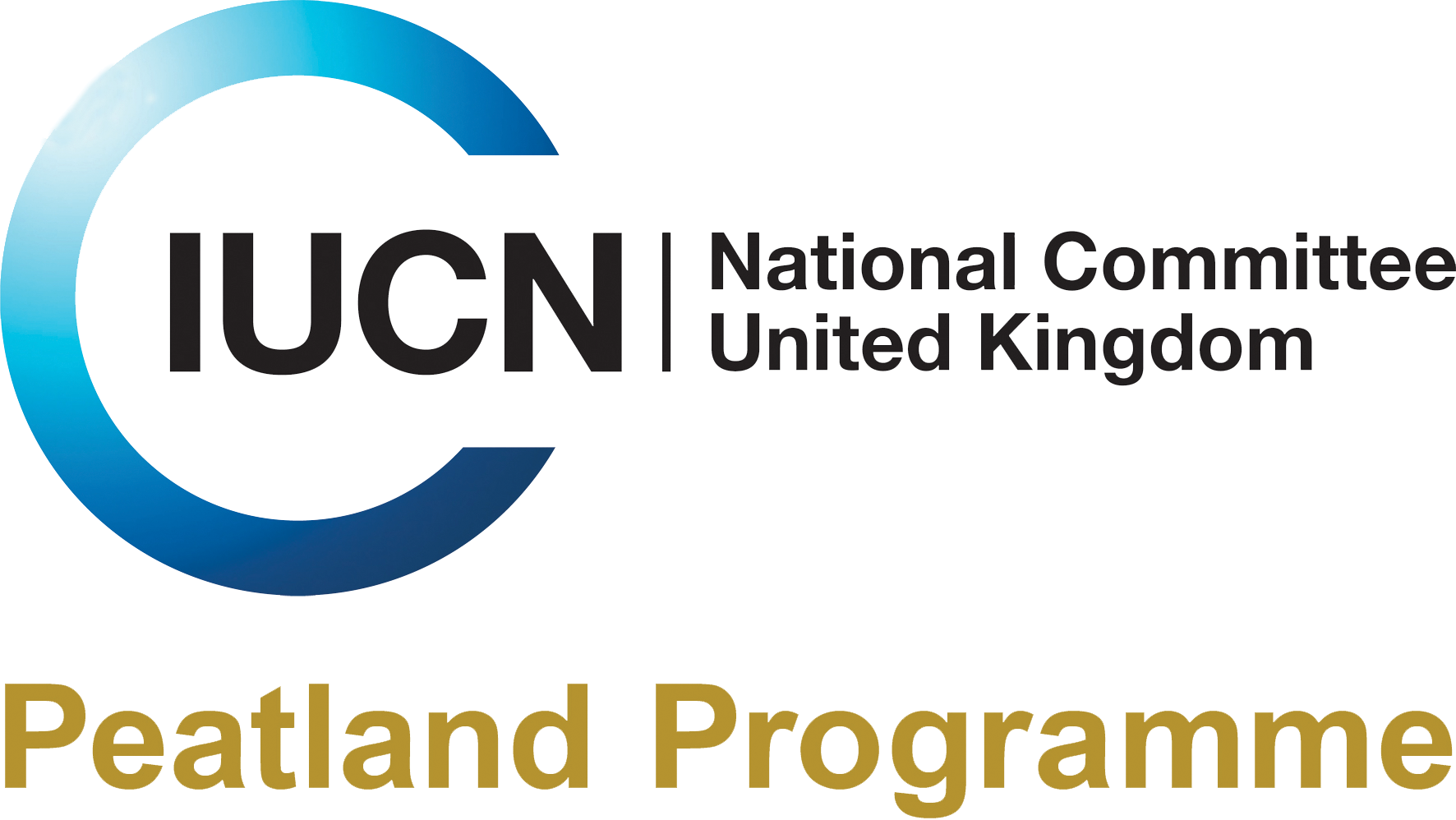Search
Search
Experts joins forces to stop bogs going down the drain
Scientists, land managers and industry officials are set to join forces in Edinburgh today (3 November) as a Commission of Inquiry investigates the steps needed to repair our important peatbogs…
Forestry
NPAP gathers the experts!
Wales Peatland Action hosted a two-day event bringing the peatland restoration community together to share their knowledge and experience and promote best practice.
Largest ever gathering of UK peatland experts to celebrate ‘Peatlands, People and Nature’ in the Cairngorms National Park
Aviemore in the Cairngorms National Park is to play host to the UK’s largest gathering of peatland experts at the annual IUCN UK Peatland Programme Conference at the Macdonald Aviemore Resort from…
Peat Café lunchtime lecture series: Peat, climate, forestry and fish
Join Dr Michael Muir from the University of Glasgow to learn how land cover and land use impact carbon cycling and water qaulity in Galloway, Scotland.
New report showcases successes in forest to bog restoration
The IUCN UK Peatland Programme (IUCN UK PP) has launched a new publication showcasing successes in forest to bog restoration.
Pennine PeatLIFE finishes restoration works in the Forest of Bowland
Eroding gullies as wide as the M6 and a labyrinthine network of underground peatpipes has not deterred the restoration efforts of the Pennine PeatLIFE project. Find out what the Yorkshire Wildlife…
Forest bug
The shoulders of the Forest bug are distinctive - they are square-cut, almost rounded, unlike the other 'spiked' shield bugs. This bug can be found in woodlands, feeding on the sap of…
Caledonian forest
Caledonian forest forms an integral part of some of our wildest landscapes - extensive pine forests merge with heathlands, wetlands and montane habitats and create areas large enough for wildcat,…
Call for proposals for Water Research Seminar Series
The IUCN UK Peatland Programme and the Environment Agency are delighted to announce a series of workshops for 2025 aimed at highlighting the importance of the water environment within the peatland…
